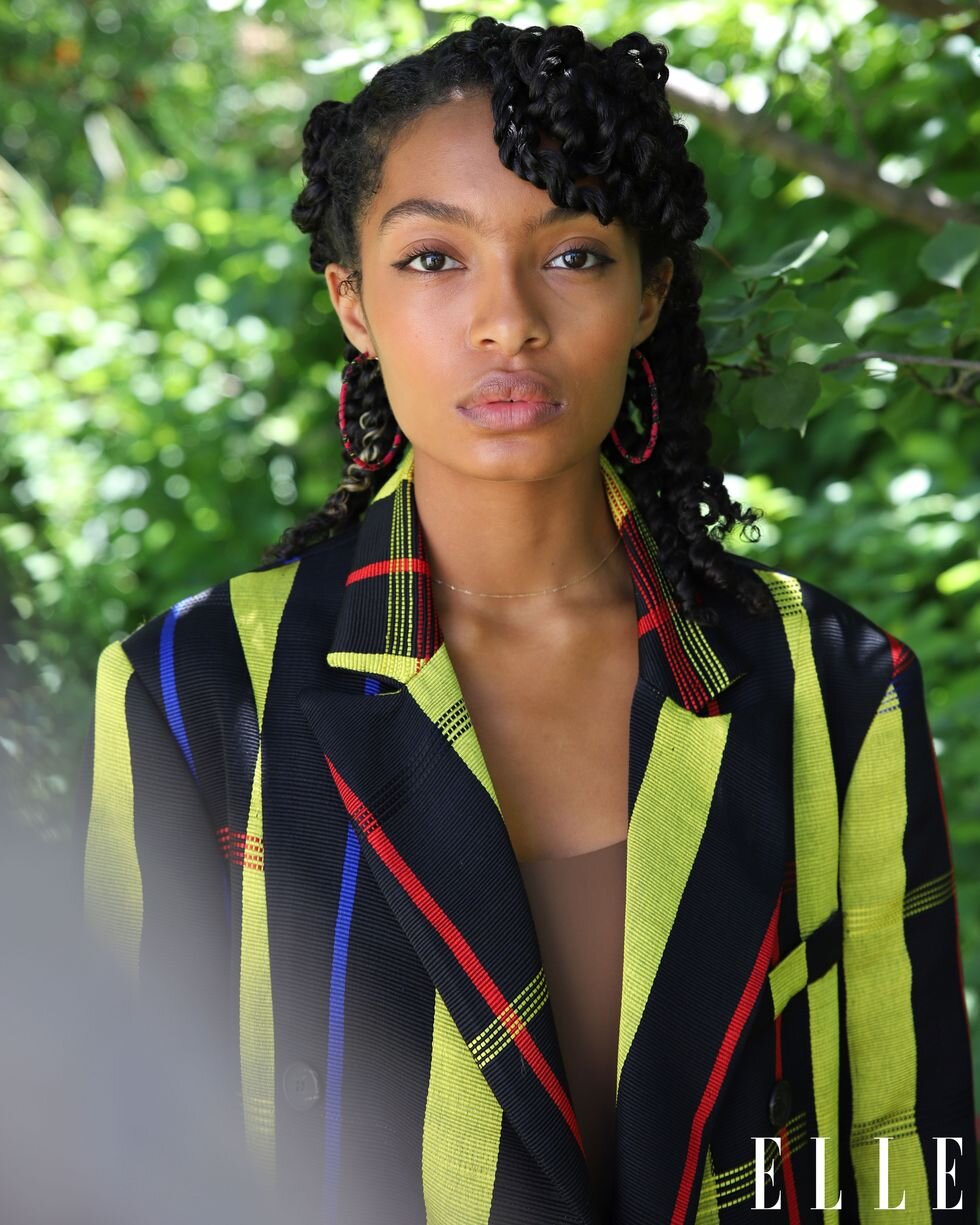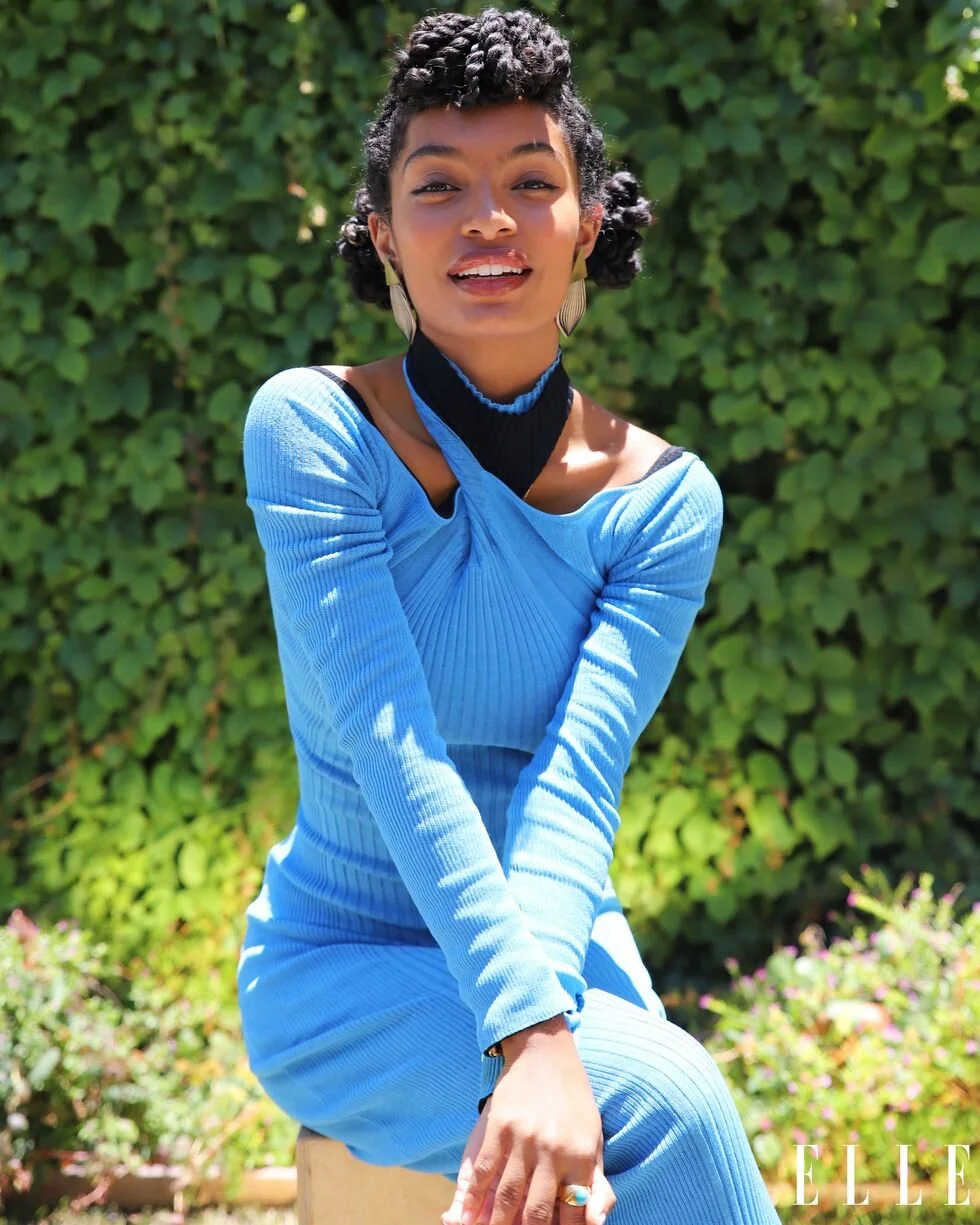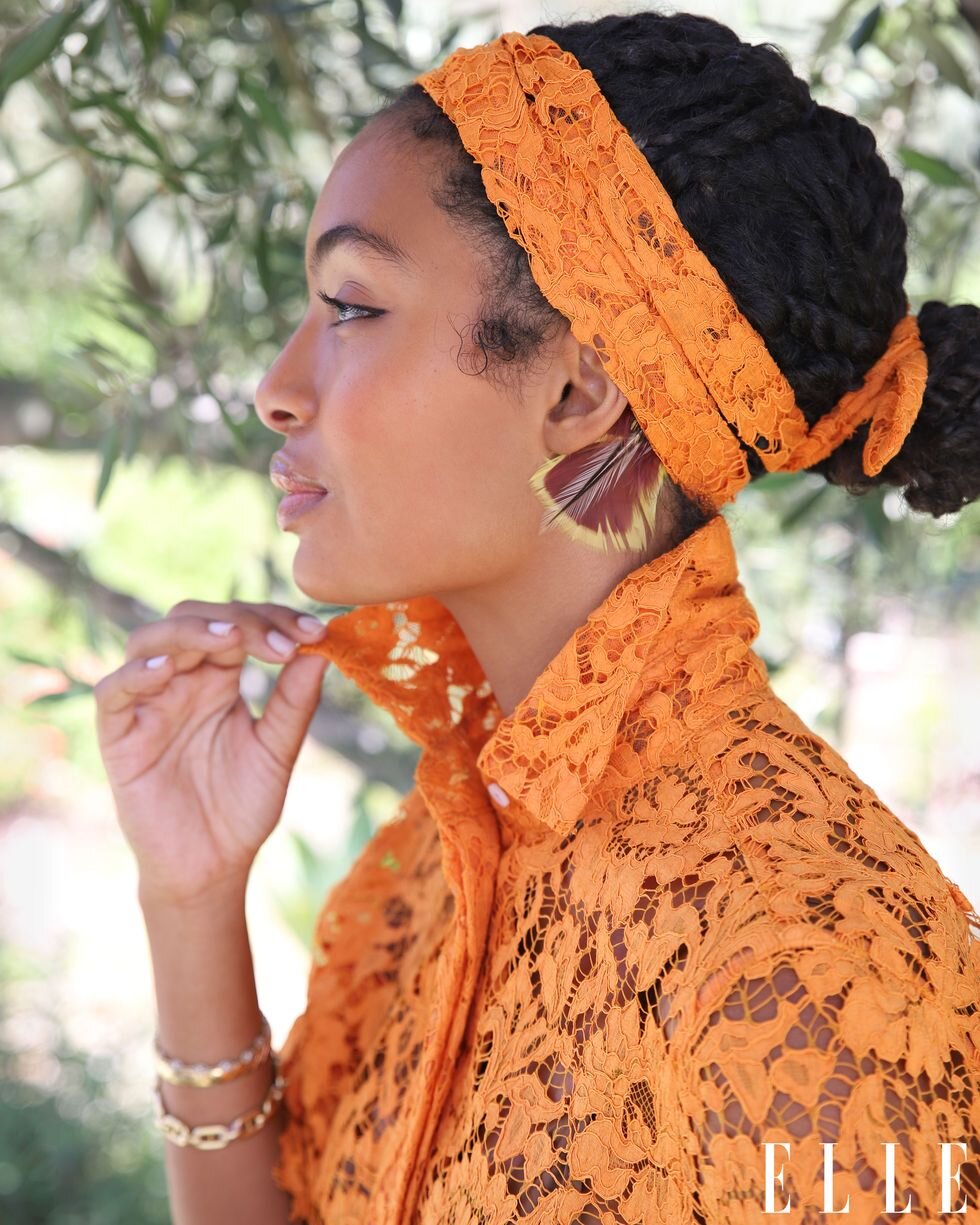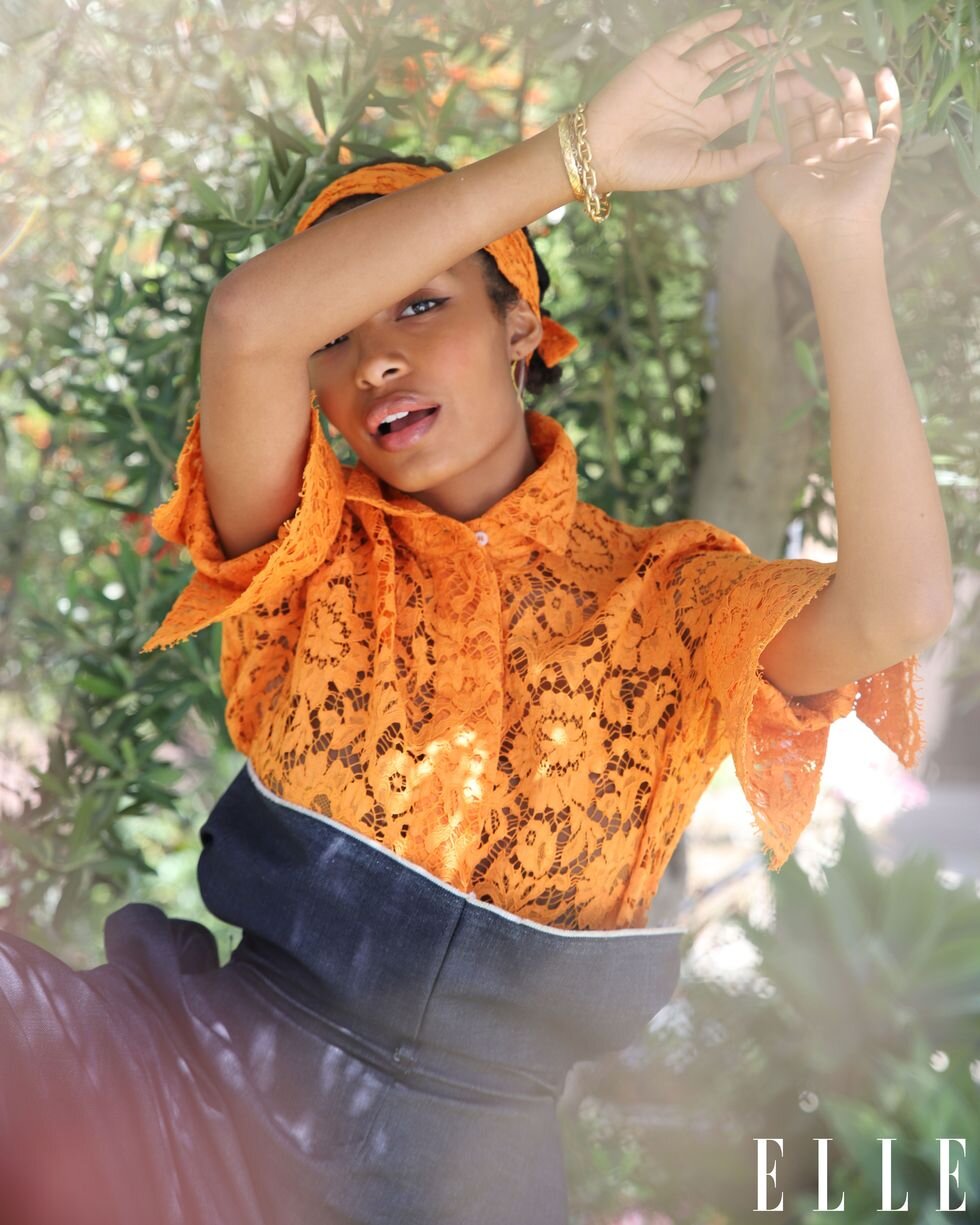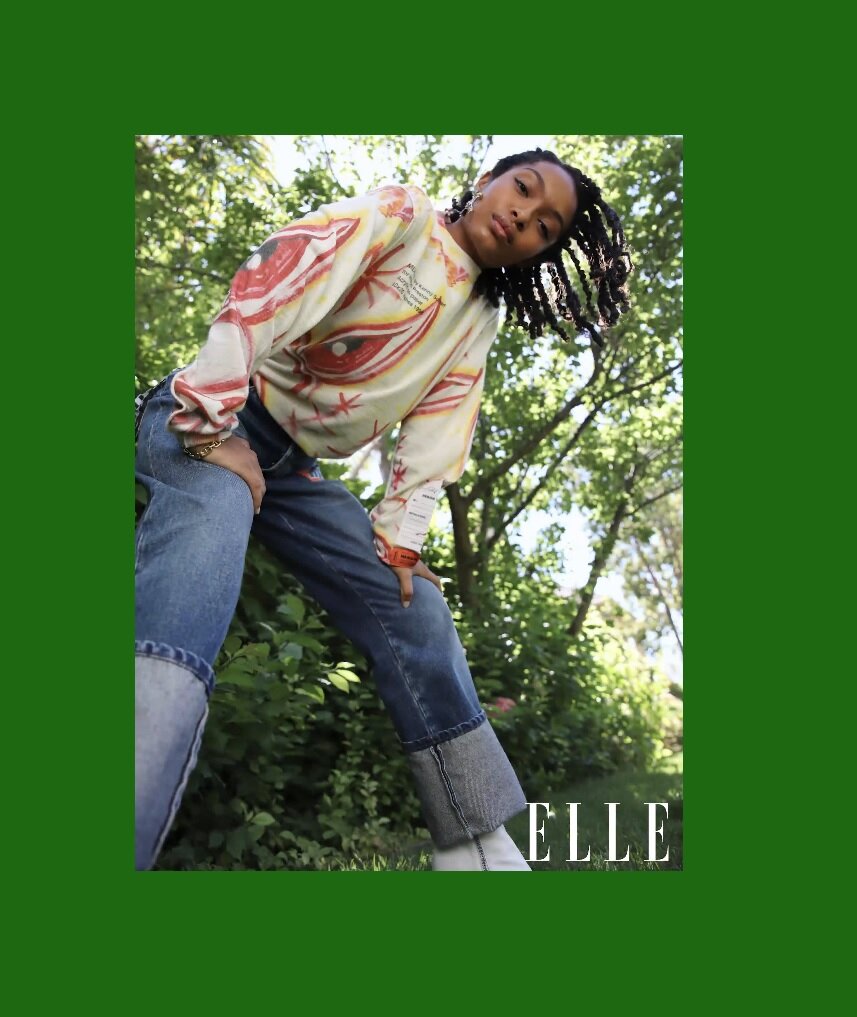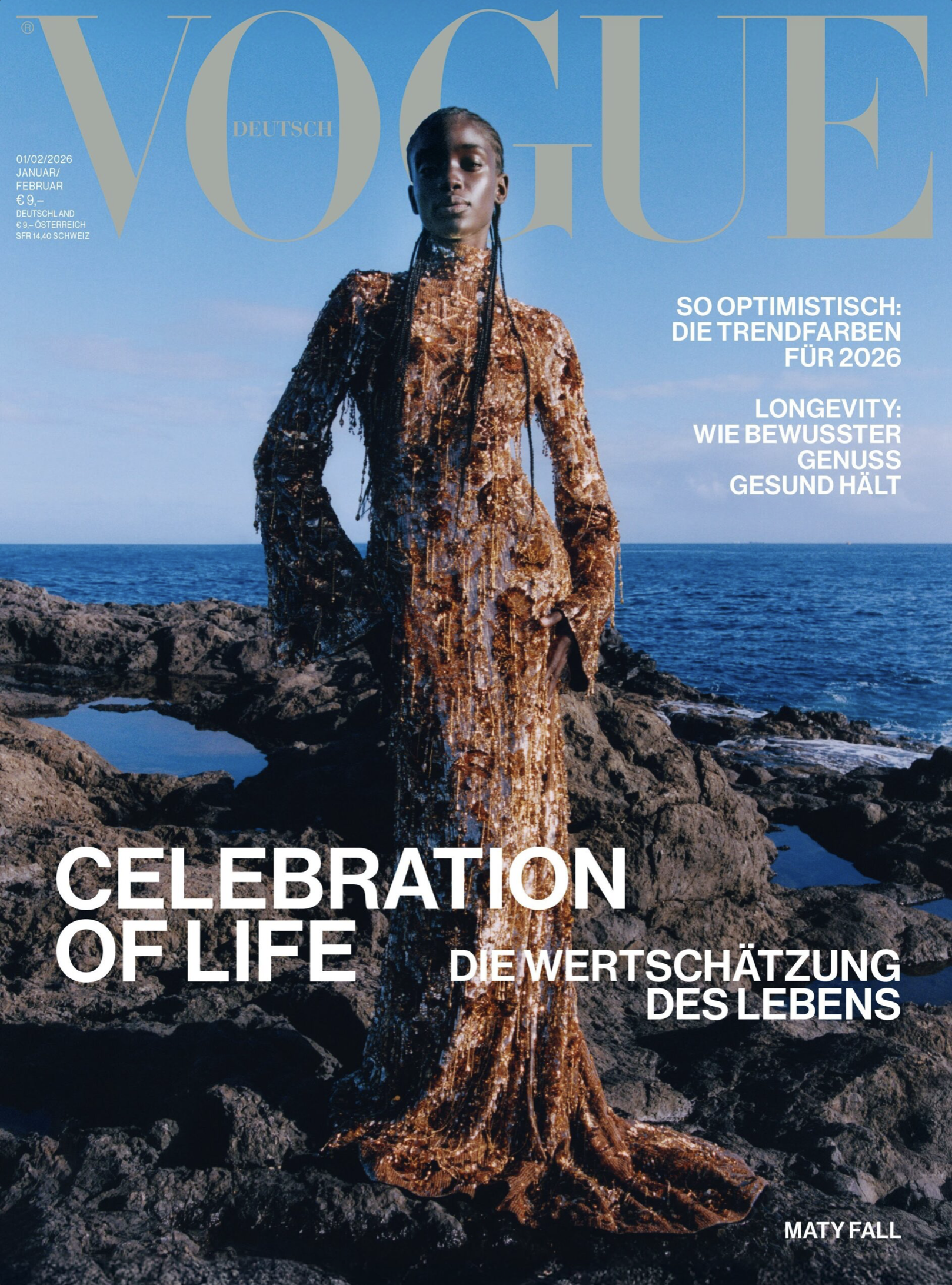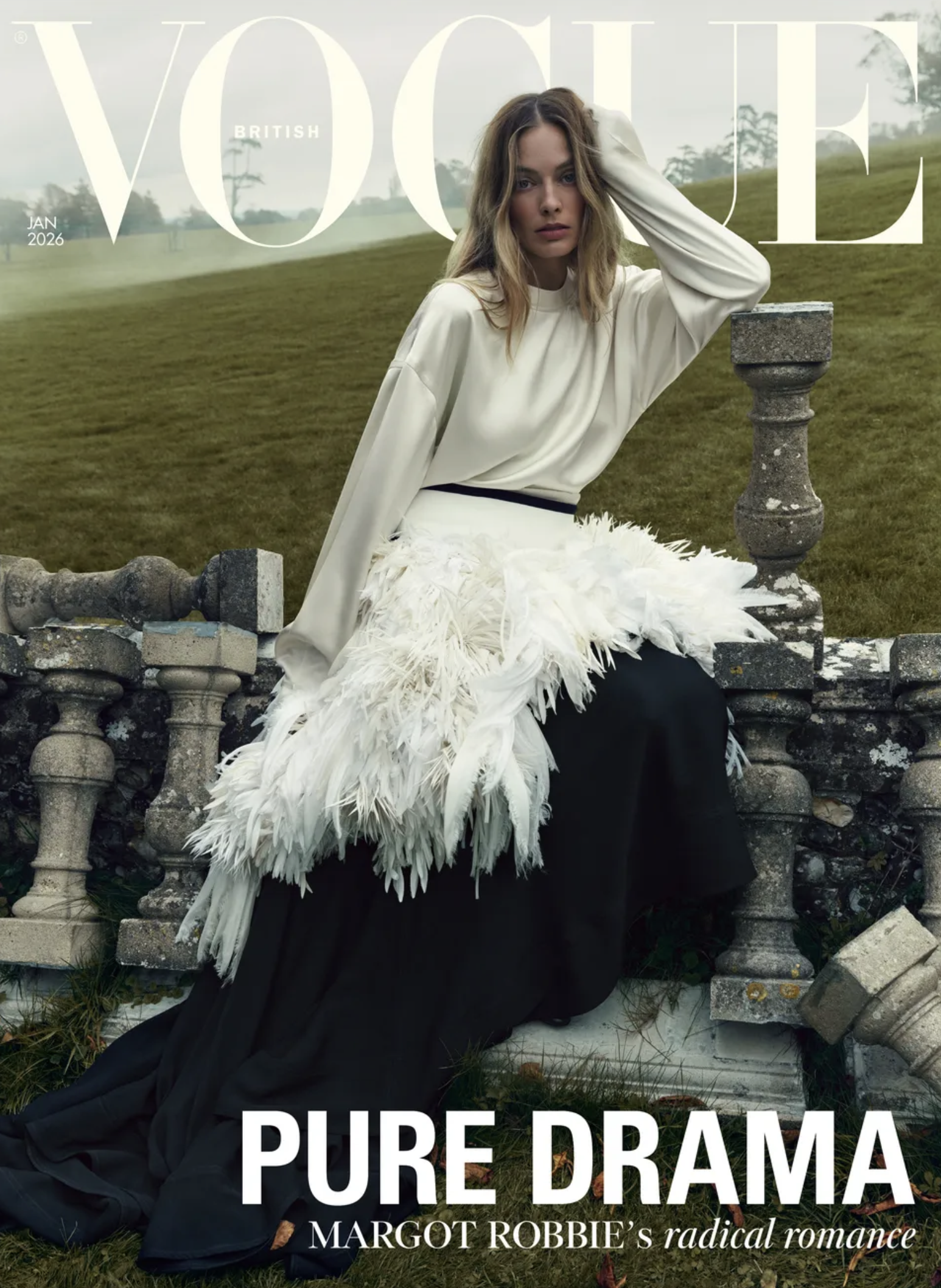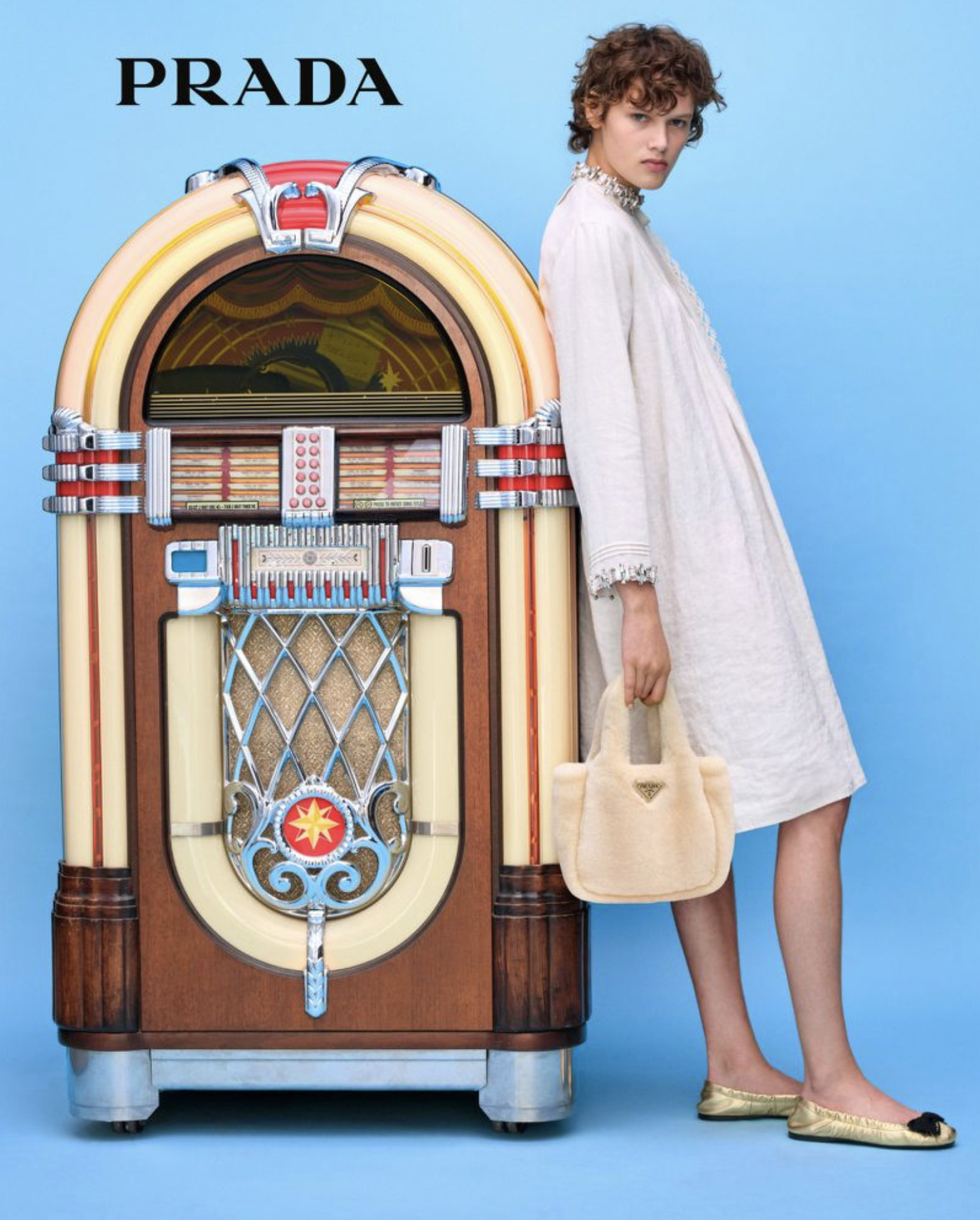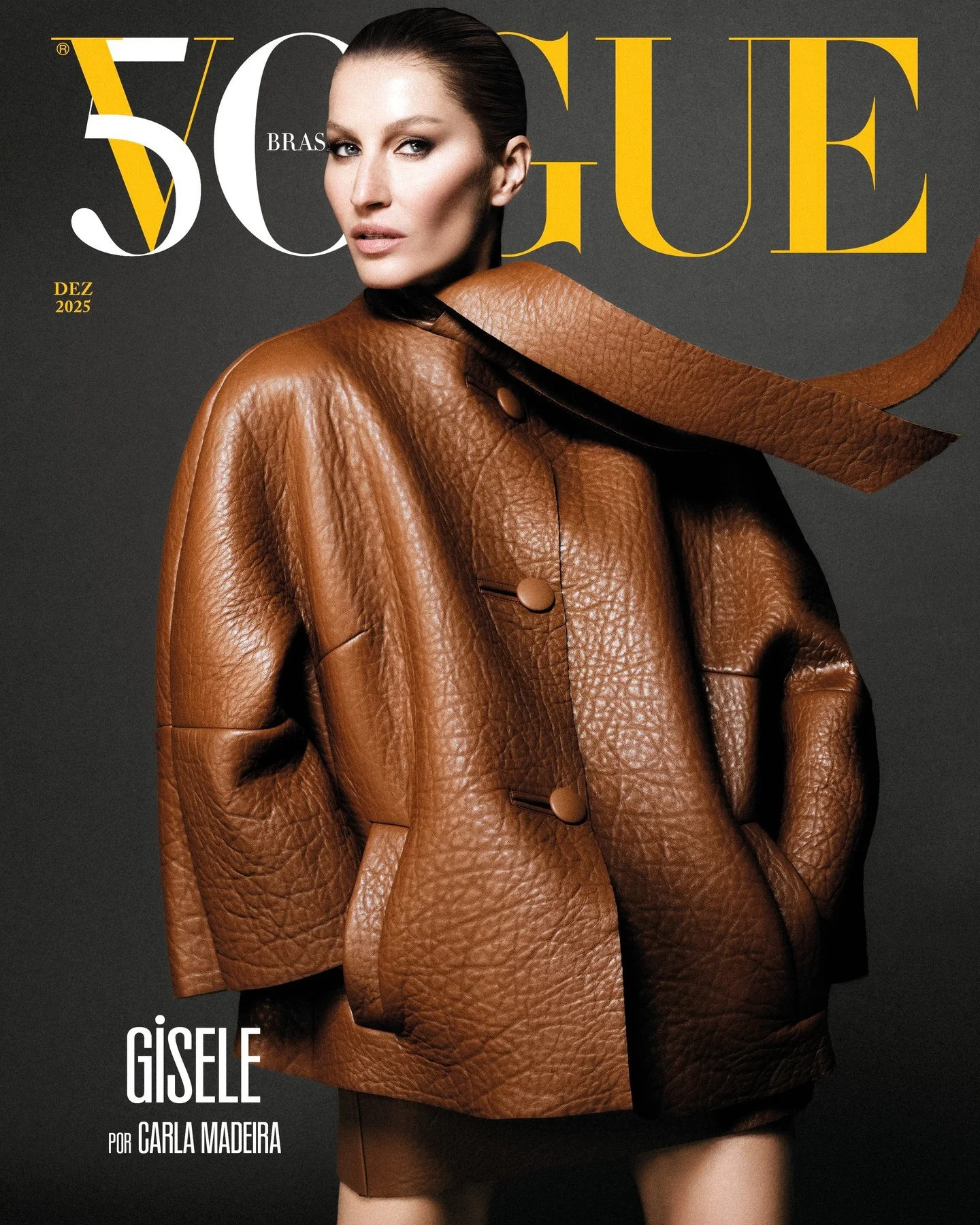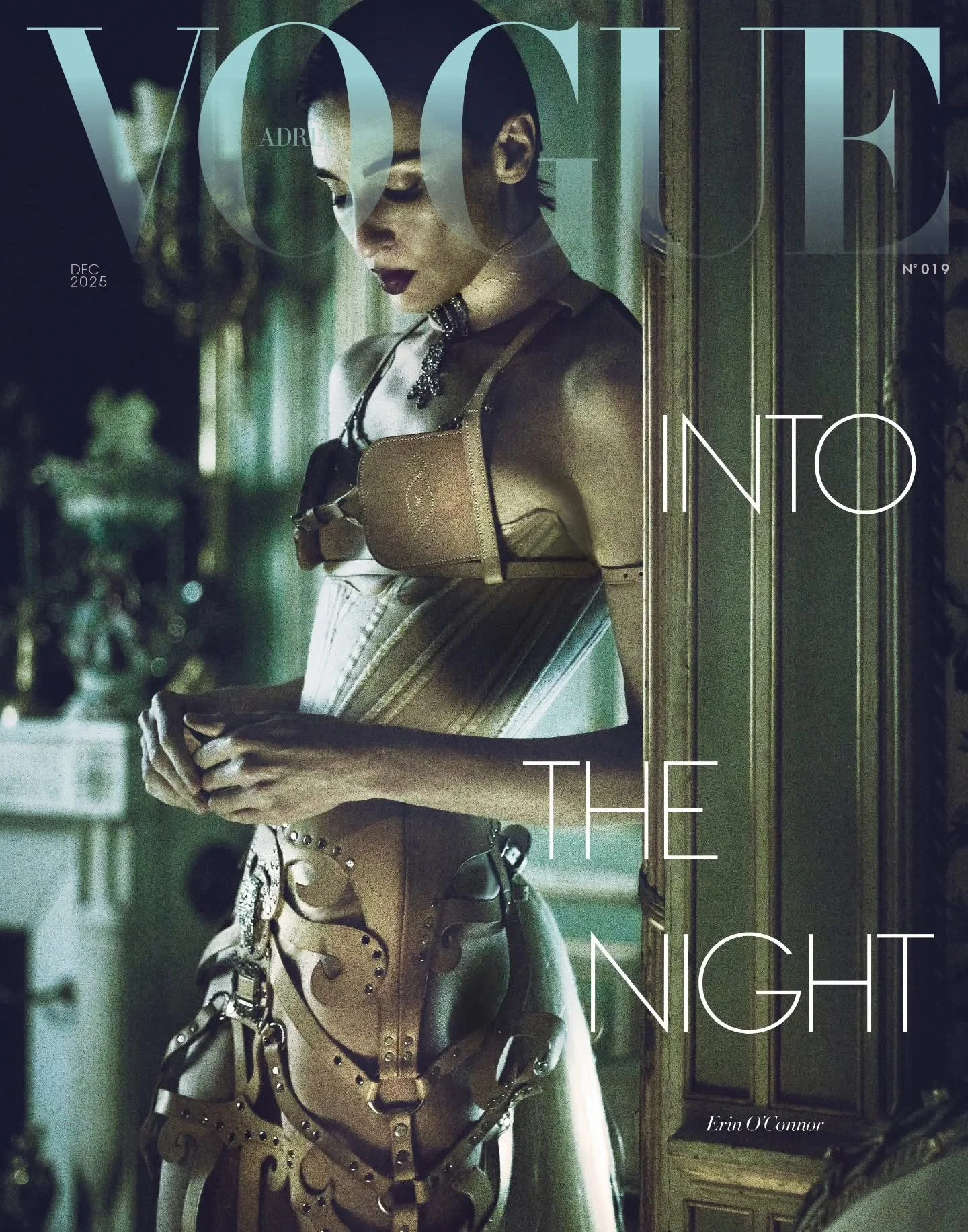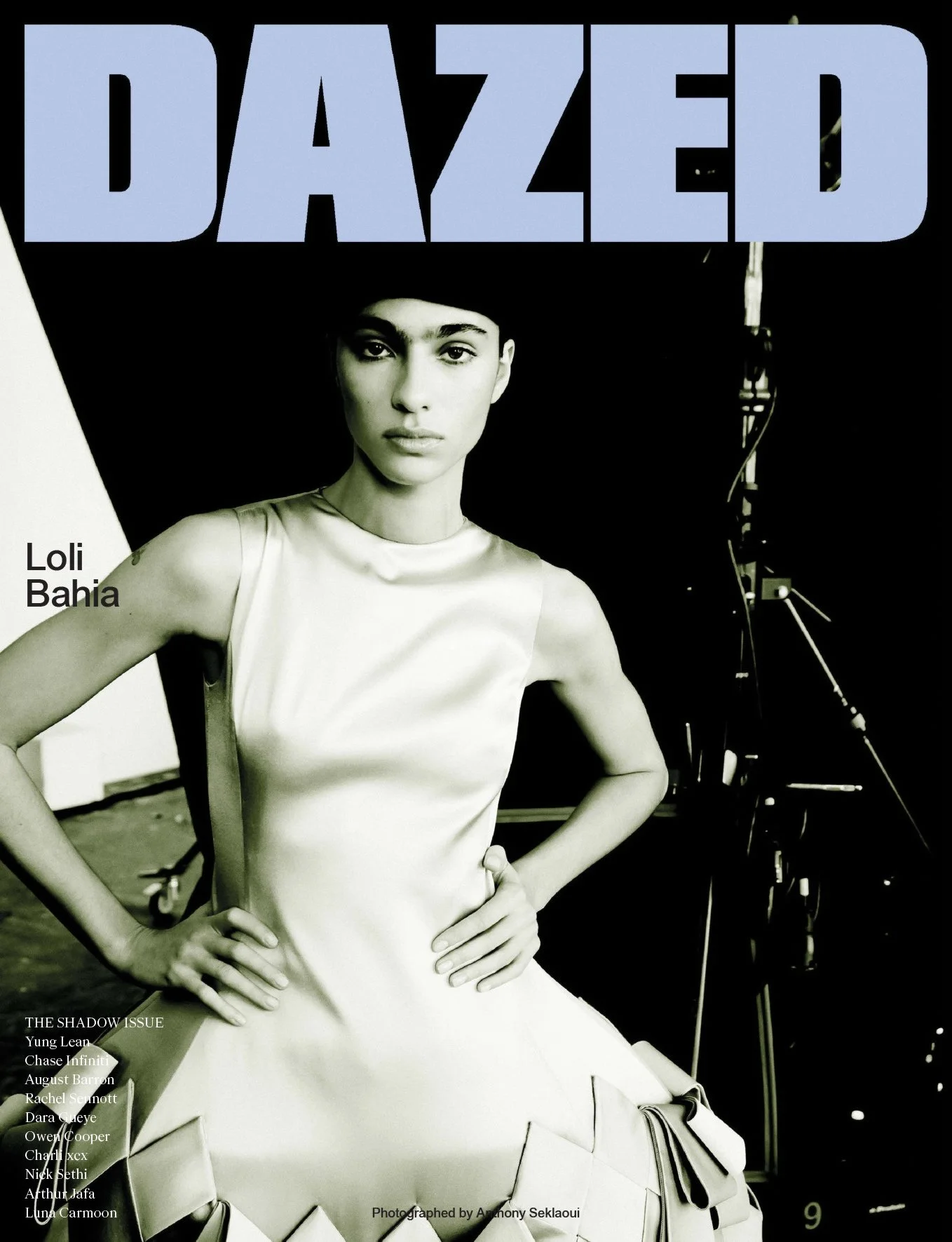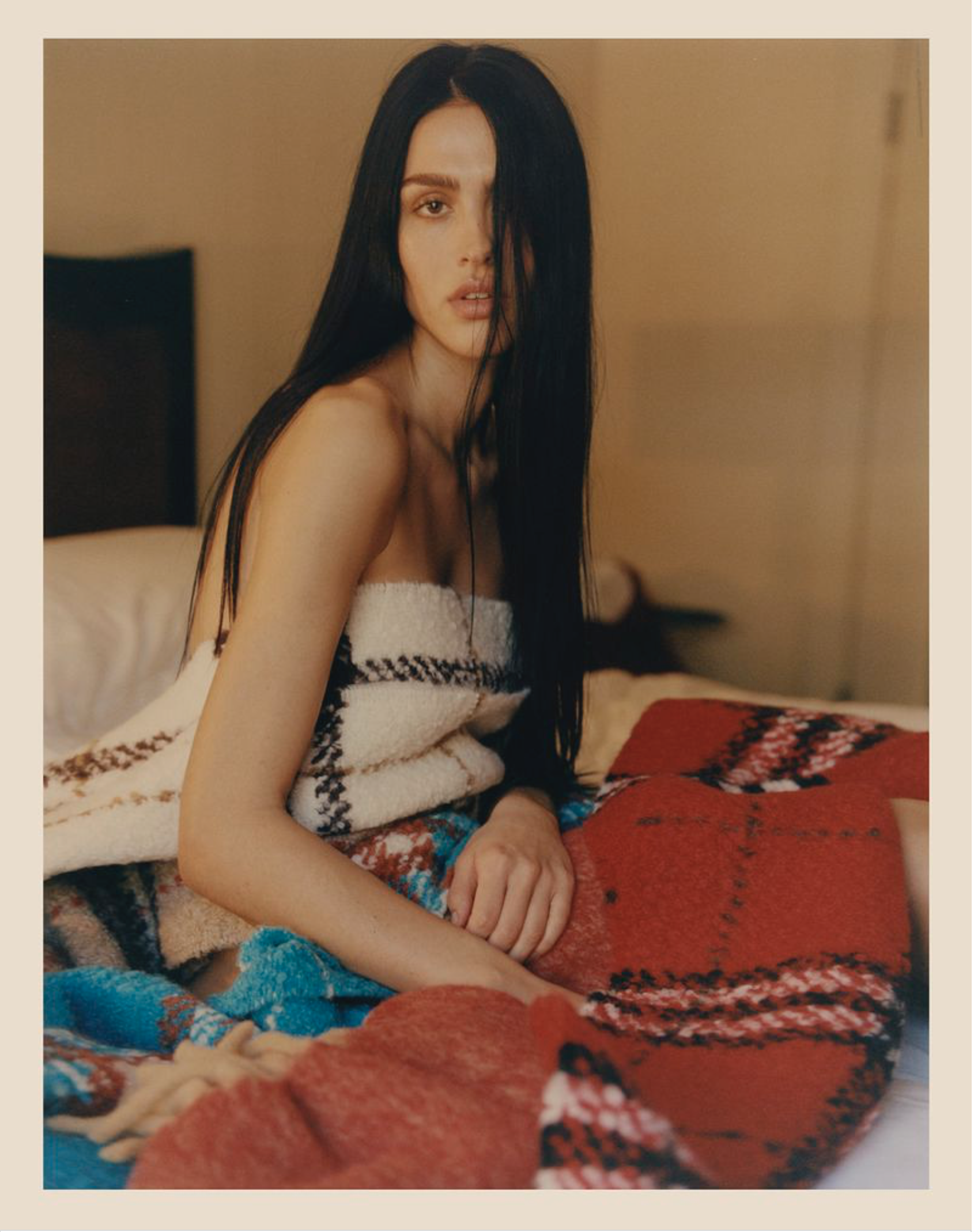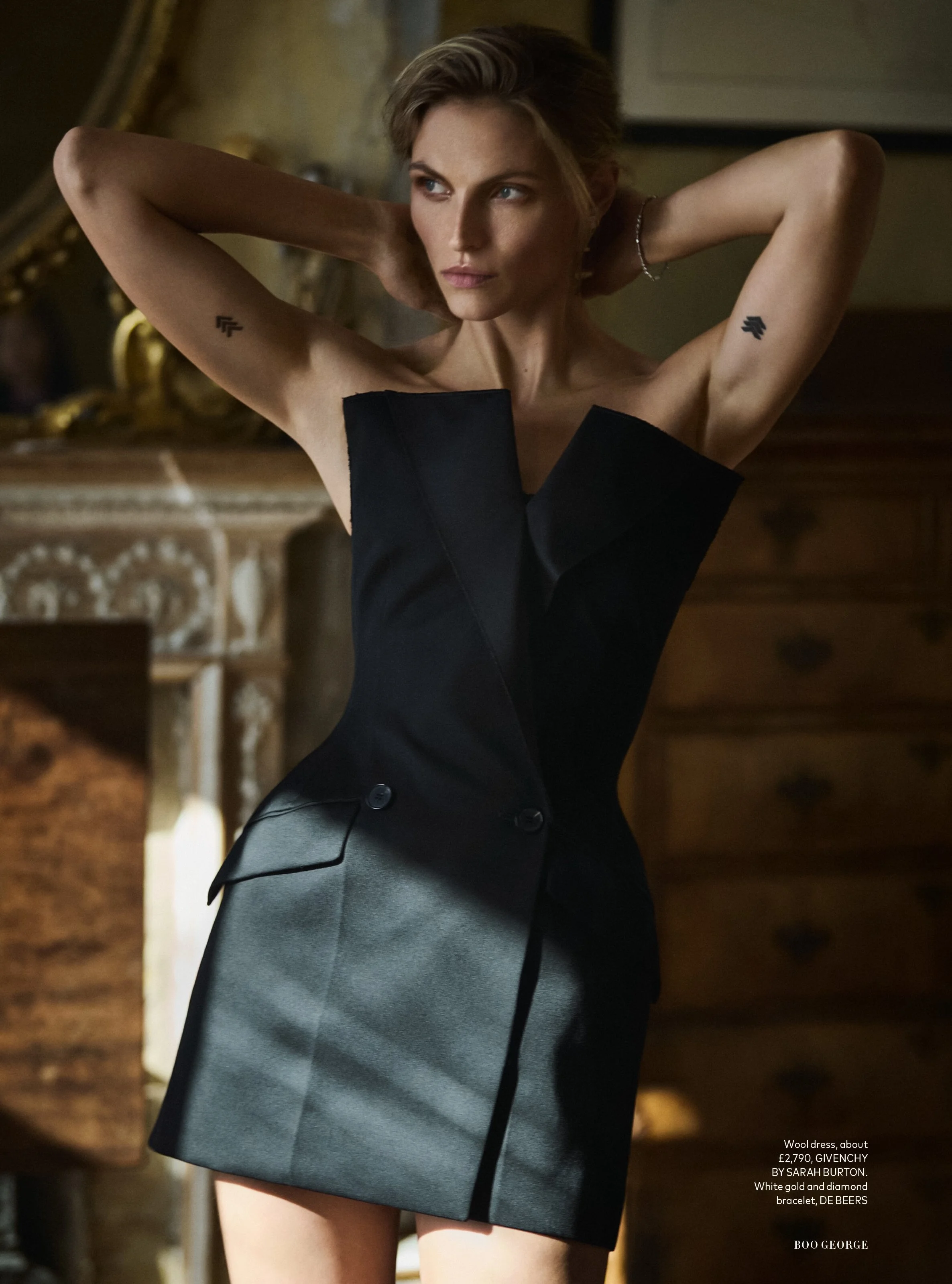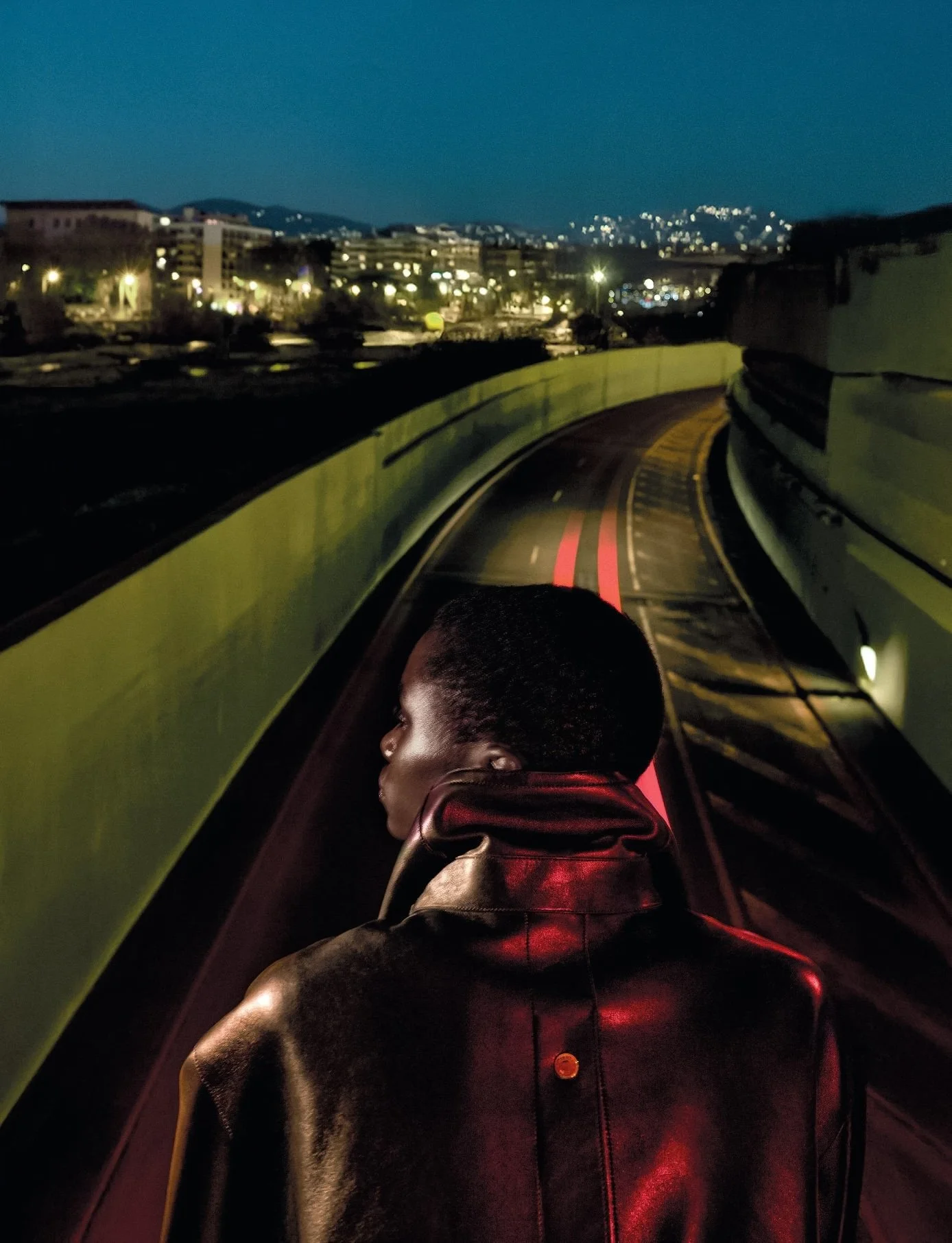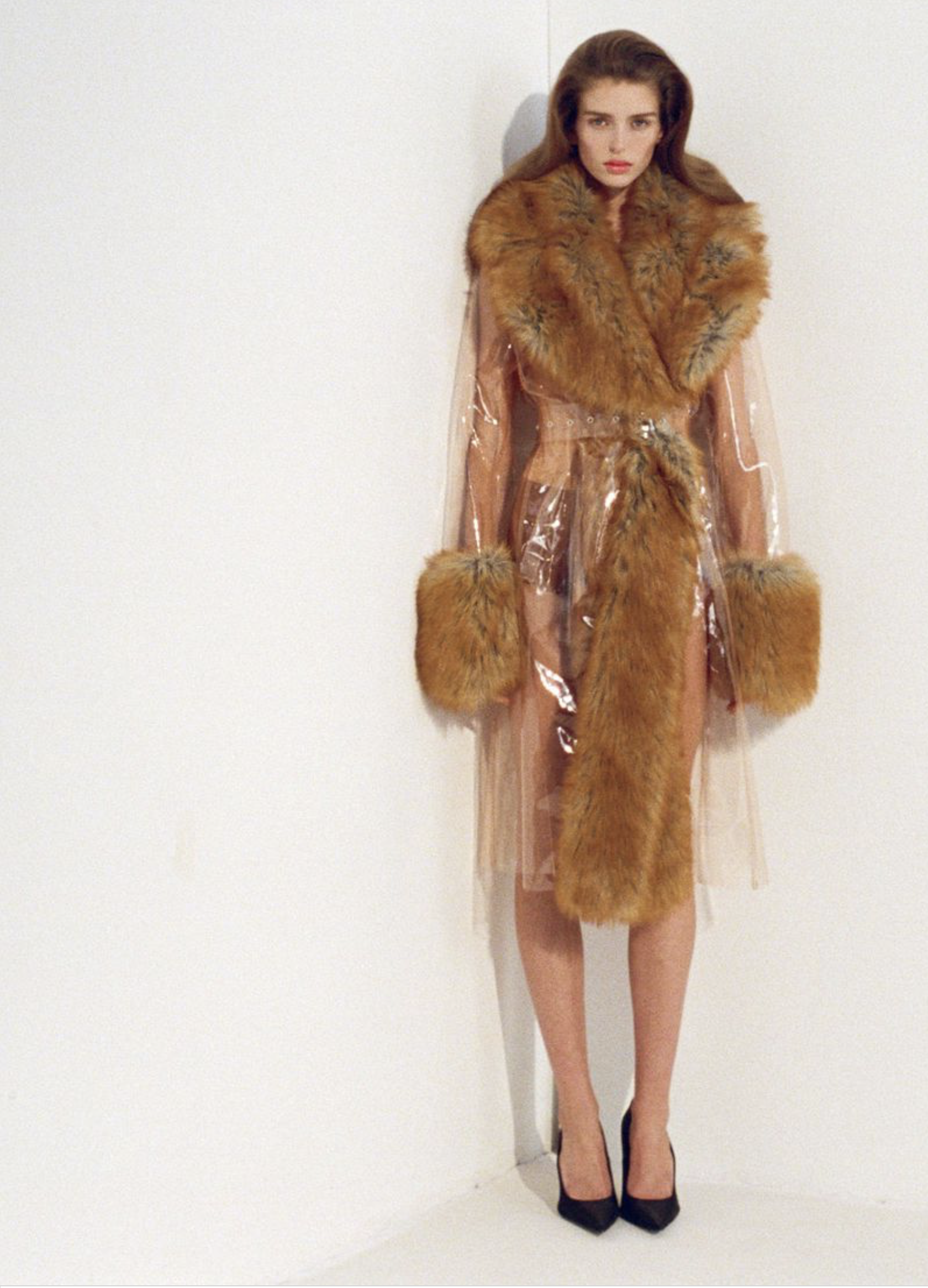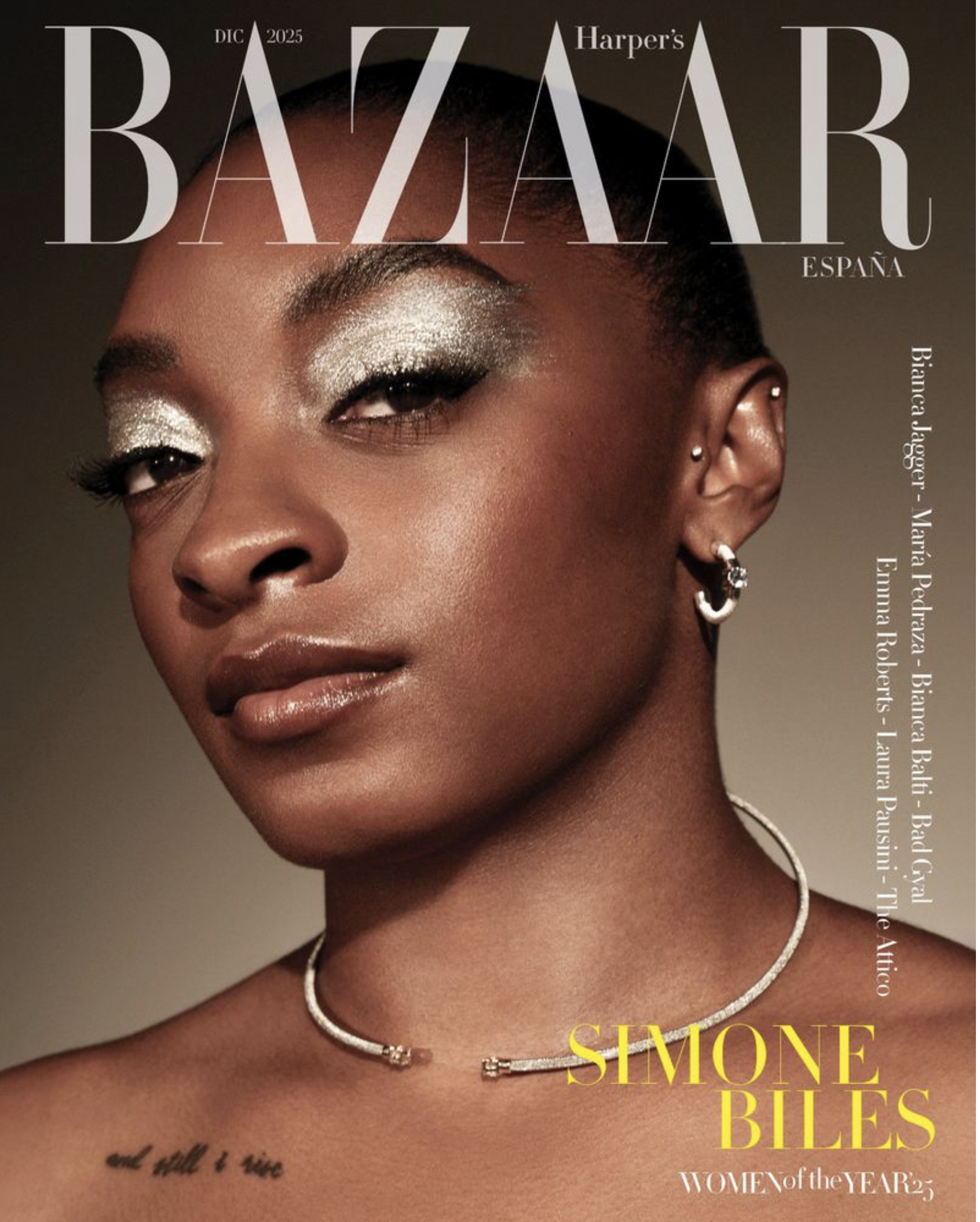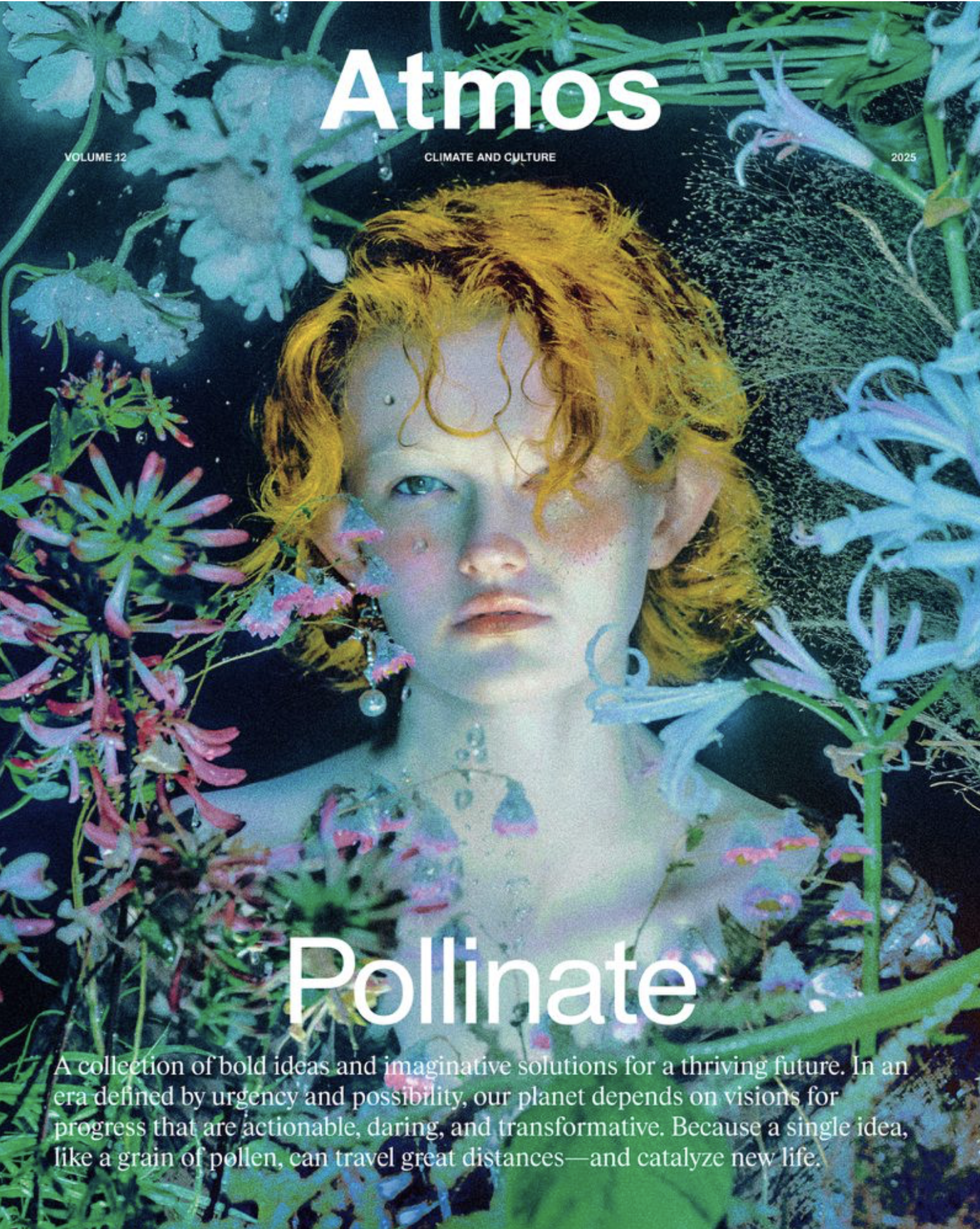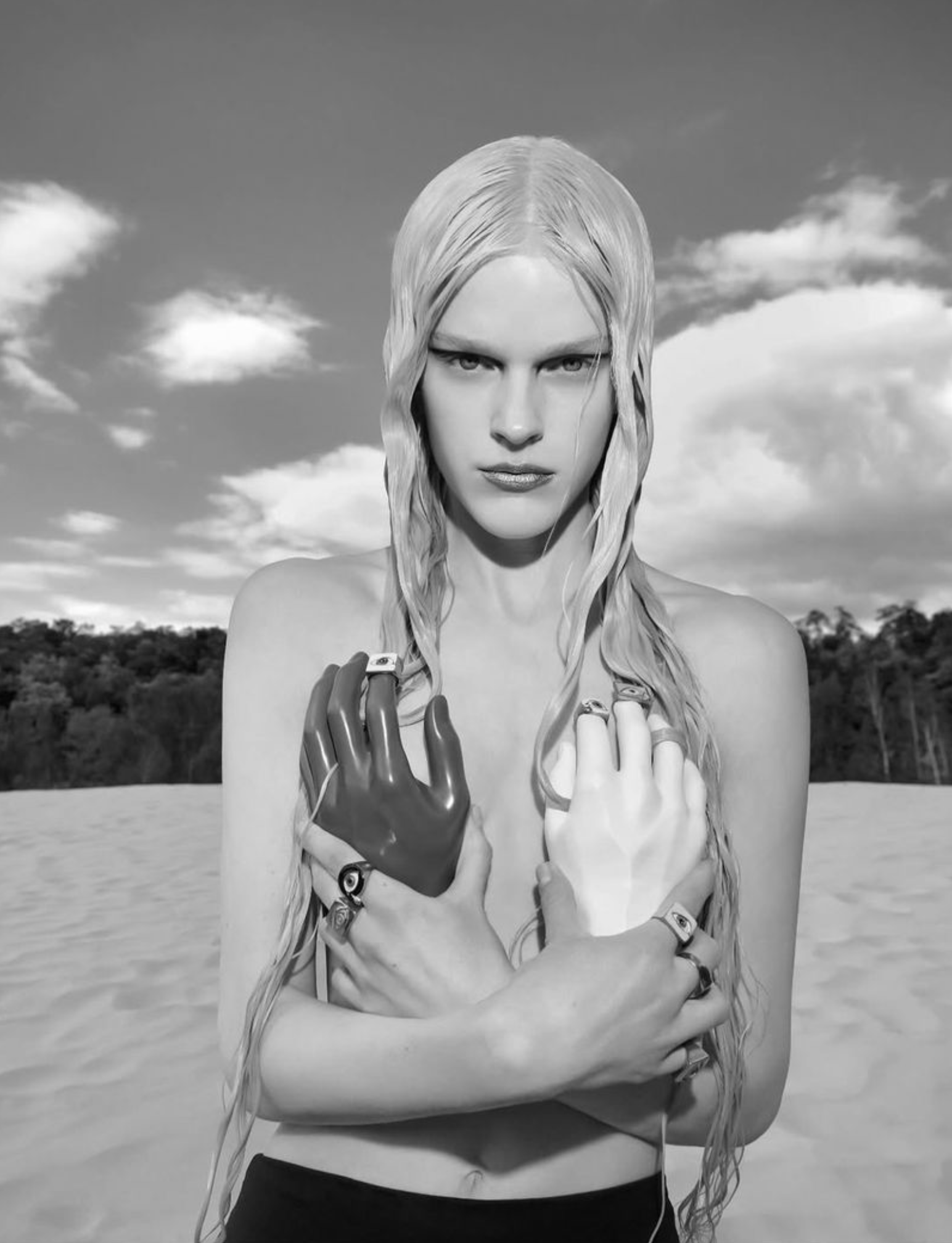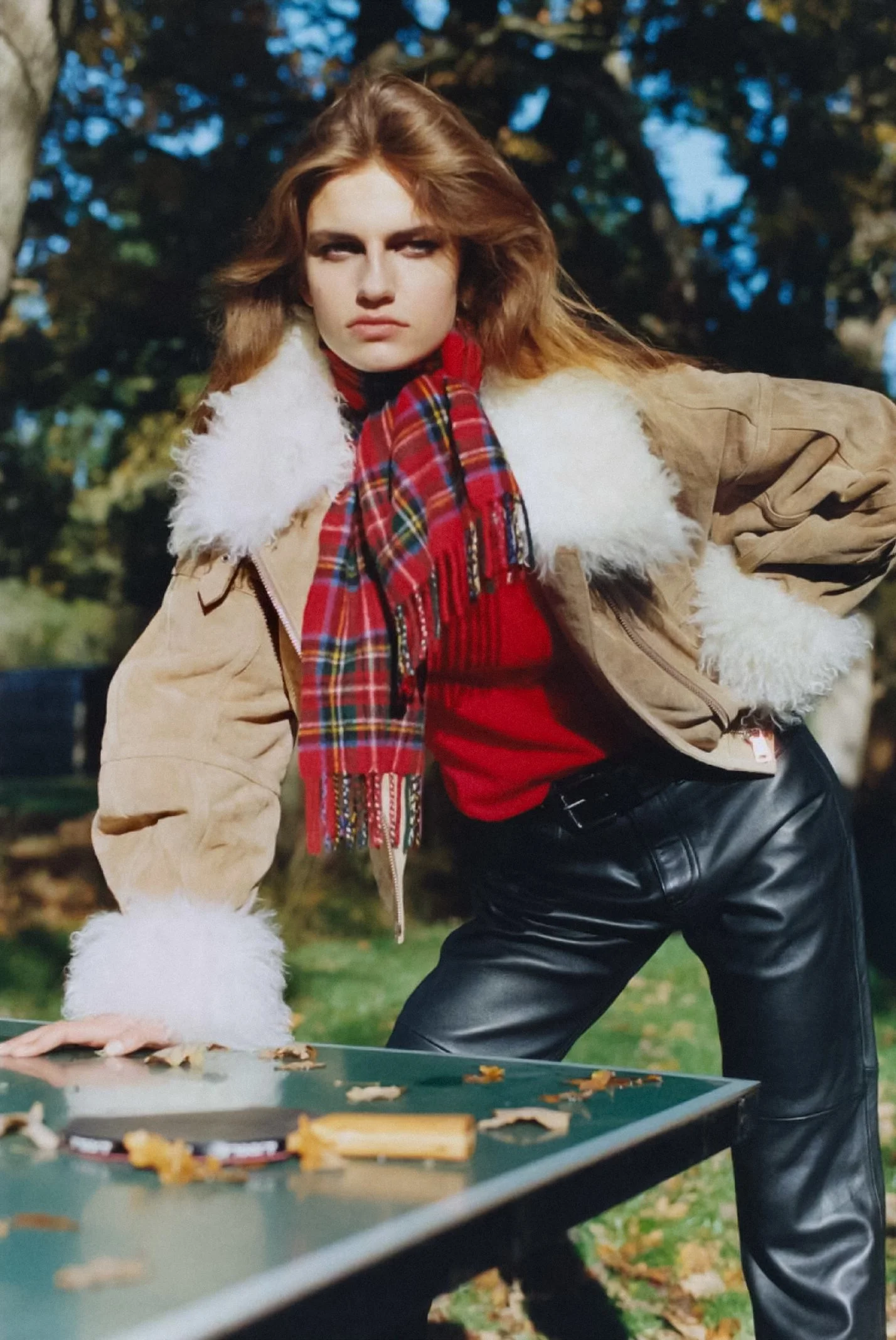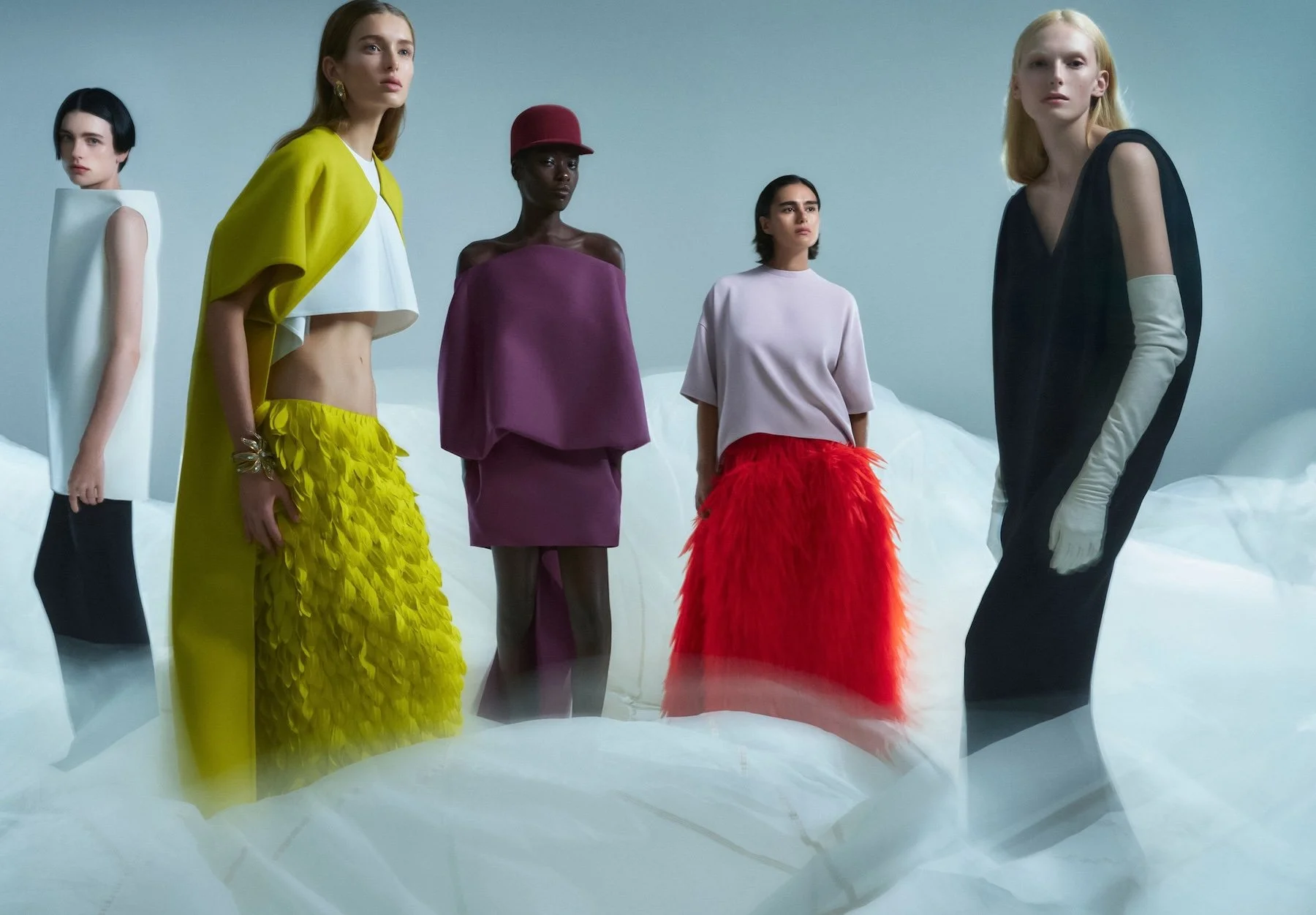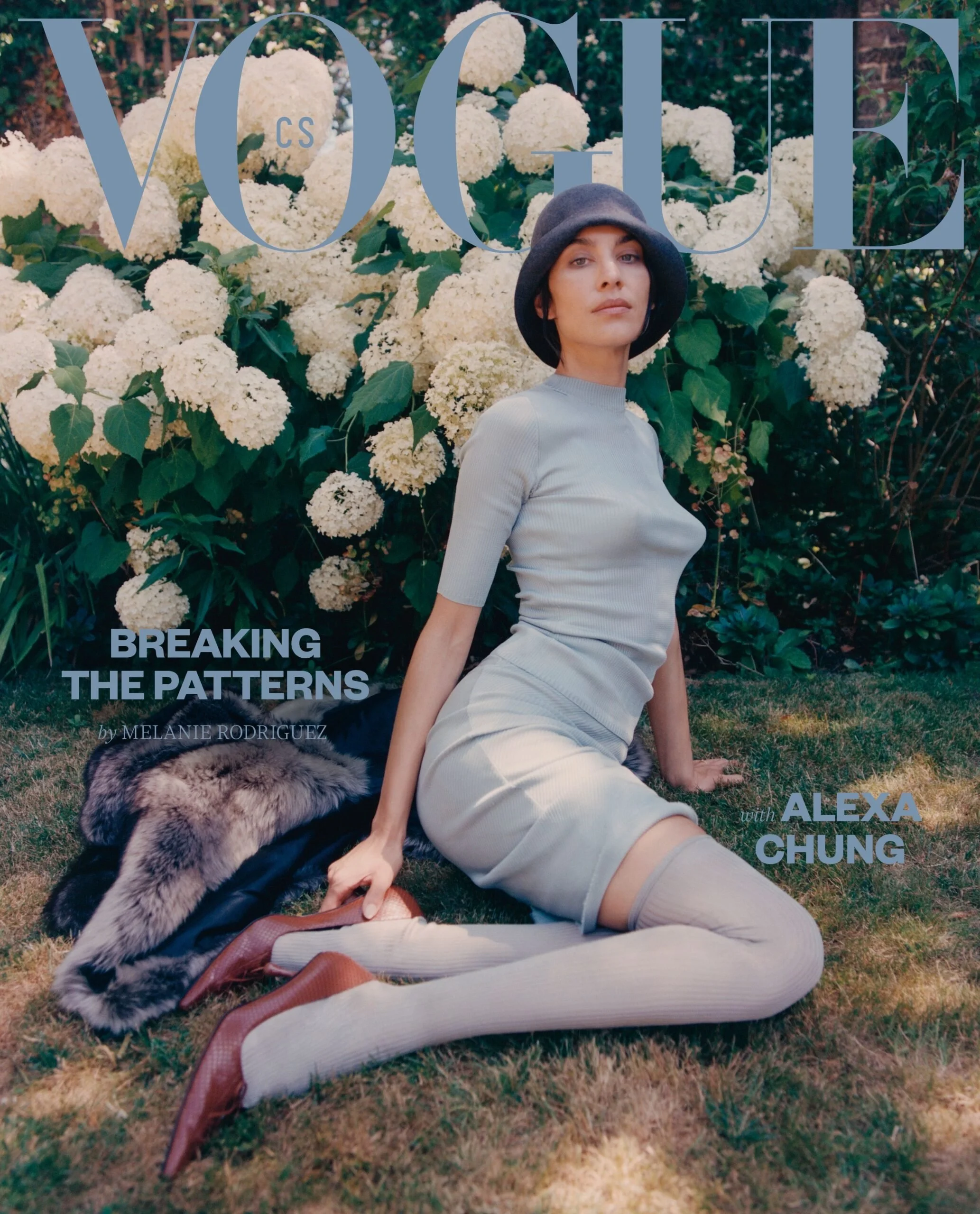Yara Shahidi Talks Reclaiming Black Joy in ELLE US August 2020
/Actor Yara Shahidi is lensed by her father Afshin Shahidi for ELLE US digital August issue. Jason Bolden styles Shahidi in Bottega Veneta, Heron Preston, Kenneth Ize, Nubian Skin, Something by Sonjia and more.
Afghin Shahidi was interviewed by Man Vogue ME for the Spring/Summer issue about his book and image exhibit dedicated to Prince. The Iranian-American artist was Prince’s personal photographer and confidante.
Shahidi was the only photographer to document Prince’s legendary 3121 parties, where the singer hosted stars including Salma Hayek, Stevie Wonder, and John Legend. Prince knew Shahidi’s wife and children, inviting the family to join him on vacation. The interview makes a point of stressing how supportive Prince was of “Shahidi’s actor daughter Yara, of Black-ish” fame.
Fast-forward to August, 2020 and Kaitlyn Greenidge interviews Yara Shahidi for ELLE’s August issue.
Yara Shahidi has been part of conversations about liberation and how to become free since her birth. She notes:
“This idea of consistently being of service to the world around you is a dialogue that we were raised with, starting with grandparents on both sides of my family and then into the conversations in our household. I’m beyond grateful that our house has been consistently a place of conversation and a place of action since I was young.”
Her poise and articulate voice gave Yara Shahidi an activist platform from the moment ‘Black-ish’ first aired. She was regularly asked questions about police brutality, race, and class. Her rise as a celebrity and social media voice accompanied the evolution of two defining American social movements — civil rights and feminism — into Black Lives Matter and #MeToo.
Reflecting on the possibility of social change and critical reforms sweeping America, the activist says:
“there is this kind of double-edged sword of wanting people to speak up and then [thinking that they’re] not speaking up the right way. It’s something that I’m personally even conflicted about. In this moment, for example, I think a lot of the work that I’m hoping to do is about pointing people toward the organizers and the people on the front lines of this movement, because they have the most prescient, most real, most necessary voices. The greatest skill about having a platform, I think, is handing over the mic.”
Shahidi acknowledges Black pain but in this moment she says:
“joy is increasingly important to me.... Yes, this is a fight in the face of Black death.” But “there has to be a celebration of Black life. We have to be viewing this moment as a preservation of Black life. A fight for our willingness to thrive, or a fight for our willingness to be happy and unencumbered. A fight for our ability to just be allowed to exist. And so often that’s been taken away. We should be allowed to heal, be allowed to revel in our happiness.”
Reclamation of Black joy has an important place in the fashion industry, explains the 20-year-old. Her stylist Jason Bolden, who worked on this photo shoot, “has always prioritized what it means to support Black people in the fashion industry. We’ve consistently been in conversations about how to use this space for something that’s powerful.” Read on at ELLE US to see how they do it.

